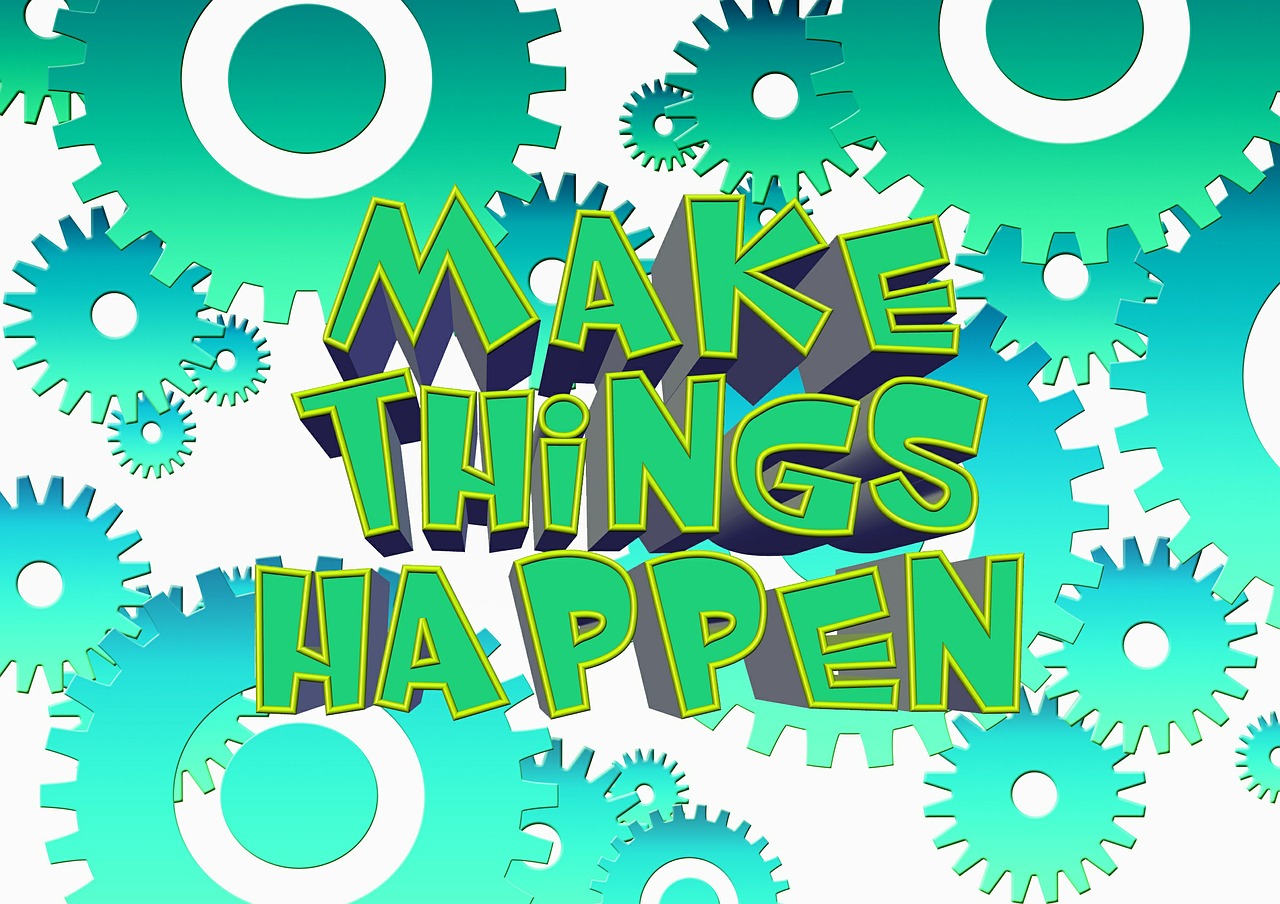
Moving from Theory to Praxis
The fifth movement for Intentional Business Development concerns the actions we take. Many people spend time theorising and fail to act. Others act without reflection on what they do. Praxis is a balanced action reflection approach.
Learning and Discipleship
In religious traditions, students are called disciples. The call to discipleship is a call to learning. The same is just as important in business.
In business coaching means much the same thing. Few operate at their best if they are not guided by those with more experience. It’s not that the coach or mentor knows all the answers. In fact, avoid those who claim to do so. The best coaches know what to do when they don’t know the answer.
It’s all very well having a technical solution to a particular problem but knowing how to tackle the intractable problem is far more valuable. These problems lead to new solutions that move everyone forward.
We Do Not Learn from Experience
We do not learn from experience, we learn from reflection upon experience and from passing on what we learn to others.
Many business people, myself included, have experienced being unable to launch something because they believe it is not good enough. Let’s look at it this way.
Two business people have an offer that is 30% of the best it could be. One launches it and the other delays a launch to spend more time improving it and gets it to 80%. Who does best?
Actually, it is almost certainly the one who launches first. You know if you don’t launch, you will earn nothing. So, even if the offer is a bit rubbish the one who launches early may get a few clients.
But you might object – the other when they do launch, might do better with a better product. But how likely is that in practice? What if 100% is possible only with feedback? The one who launches early may have a poorer product but they have the big advantage of feedback.
Maybe most of the feedback will be negative but that’s OK; it is all valuable information. The one who launches can still work on their offer and chances are with feedback they’ll make more progress than the one who doesn’t.
Early Adopters
Ah yes, but what if someone buys the inferior product? You have a number of options. You could charge a low-priced early adopter fee. This may be a little risky, if you label the offer somehow inferior.
But perhaps a better option is to make sure the early adopters do not fail. Make sure you meet their expectations. This way you not only avoid bad publicity but also learn in detail what the early adopters want from the offer.
If you reflect on experience, the chances are you will have a better offer that sells better too!
Lifelong Learning
In business, we learn all the time. The best learning comes from launching offers. This is how we learn and tweak our offers so they become excellent.
Intentional Business Development emerges from this stance. When we have an end in sight and ready to put in the work to perfect it, we commit to lifelong learning.
You can improve most offers. In need of improvement is their natural state. It isn’t about bending to every whim of every customer but seeing how simple tweaks lead to improvements that appeal to prospects across the board.
It is about entering a pact with your customers so together you seek the best solutions. Your client won’t want the same thing as you do but working together you can tread the same road and learn together for mutual benefit.
This is the sixth and final post in a short sequence about intentional business development. It’s all a part of Market Together. Sign up below so you don’t miss a post and visit my new website by following the link.








